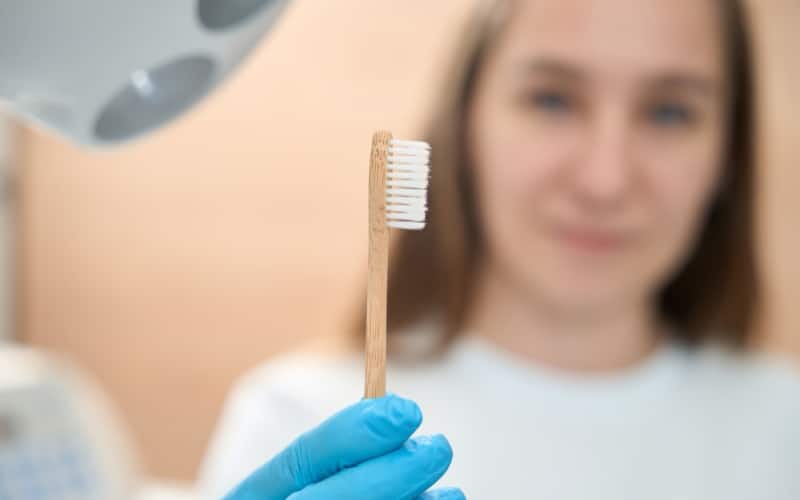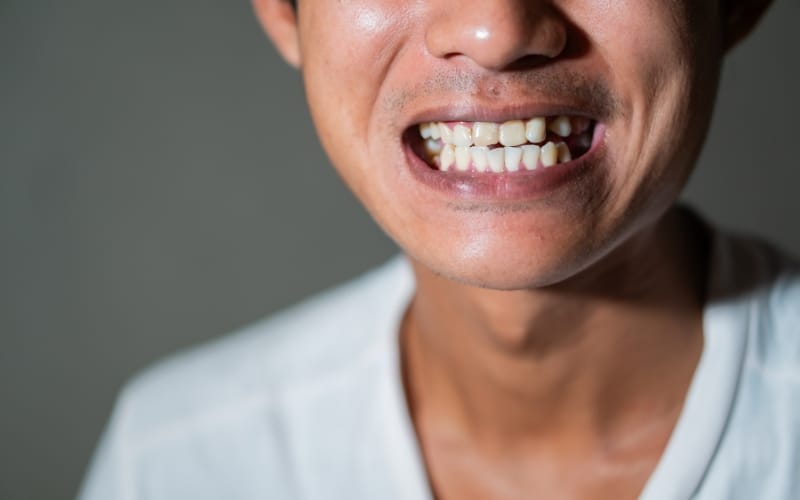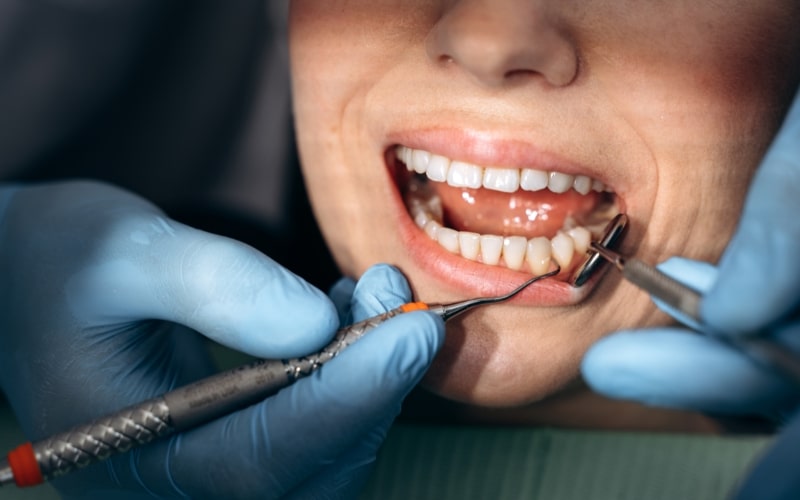New Patients Welcome!

Gum disease may seem like a minor issue, but it can lead to severe problems if not treated, from bleeding gums to losing teeth. The silver lining? Most gum disease is preventable, and yes, better brushing is a key factor.
But is brushing enough to maintain healthy gums? Let’s examine the impact of your brushing on gum disease.
What Is Gum Disease and Why Should You Care?
Gum disease, or periodontal disease, begins subtly. You may experience mild redness, sensitivity, or bleeding while brushing. At its initial stage (gingivitis), gum disease is treatable. However, if left untreated, it may progress to periodontitis, leading to gum recession, bone loss, and even tooth loss.
Almost half of adults aged 30 or more are affected by gum disease, according to the CDC. Beyond the mouth, research connects gum disease to heart disease, diabetes, and other debilitating illnesses.
How Does Brushing Affect Gum Health?
Brushing is your first and best line of defense against gum disease. Plaque — a sticky, stringy film of bacteria — continually forms on teeth and along the gumline. If not eliminated every day, it hardens into tartar, causing swelling and infection.
Good brushing means:
- Removing plaque before it can harden into tartar.
- Prevention of harmful bacterial buildup at the gumline.
- Stimulating the gums and maintaining healthy circulation.
What is “better brushing” exactly?
- Brush with a soft-bristled toothbrush to prevent gum damage.
- Brush at a 45-degree angle against the gumline.
- Clean all surfaces, including the front, back, and chewing surfaces.
- Brush for two full minutes, twice a day.
If you’re unsure whether your style is proper, professionals, such as those in Periodontics Ventura, can guide you toward healthier brushing practices.
Typical Brushing Mistakes to Avoid
Be careful of these typical mistakes:
- Brushing too hard: It doesn’t clean them more effectively and may even cause gum irritation.
- Using an old toothbrush: Replace your brush or brush head every 3–4 months.
- Hurrying the process: Two minutes is a long time, but hurrying leaves behind plaque.
- Omitting the gumline: Plaque forms most often in the very place where your gums meet your teeth — don’t miss this vital area.
- Omitting the back teeth: Molars collect plaque and require special attention.
Brushing Alone Isn’t Enough — Here’s Why
Gum disease doesn’t just reside on the exposed portions of your teeth — it seeps between teeth and under the gumline, places your brush can’t reach.
Other key steps are:
- Daily flossing loosens plaque from between teeth.
- Antibacterial mouthwash to kill remaining bacteria.
- Professional cleaning twice a year to remove tough tartar.
Think of brushing like the foundation of a building: it’s needed, but not the only thing that gives a building strength.
Can You Prevent Gum Disease with Improved Brushing?
The quick answer is: yes, but brushing correctly has to be done in combination with other behaviors.
Improved brushing dislodges the plaque, which initiates gum disease. Paired with flossing, mouthwash, and dental checks, it does dramatically reduce your risk.
Even if you’ve already seen some initial signs of gum trouble, better brushing can sometimes stop — or even reverse — the damage. Being consistent today will spare you from pain and dental expenses tomorrow.
If you’re unsure whether your brushing is up to par, a visit to our dentist could make all the difference.




